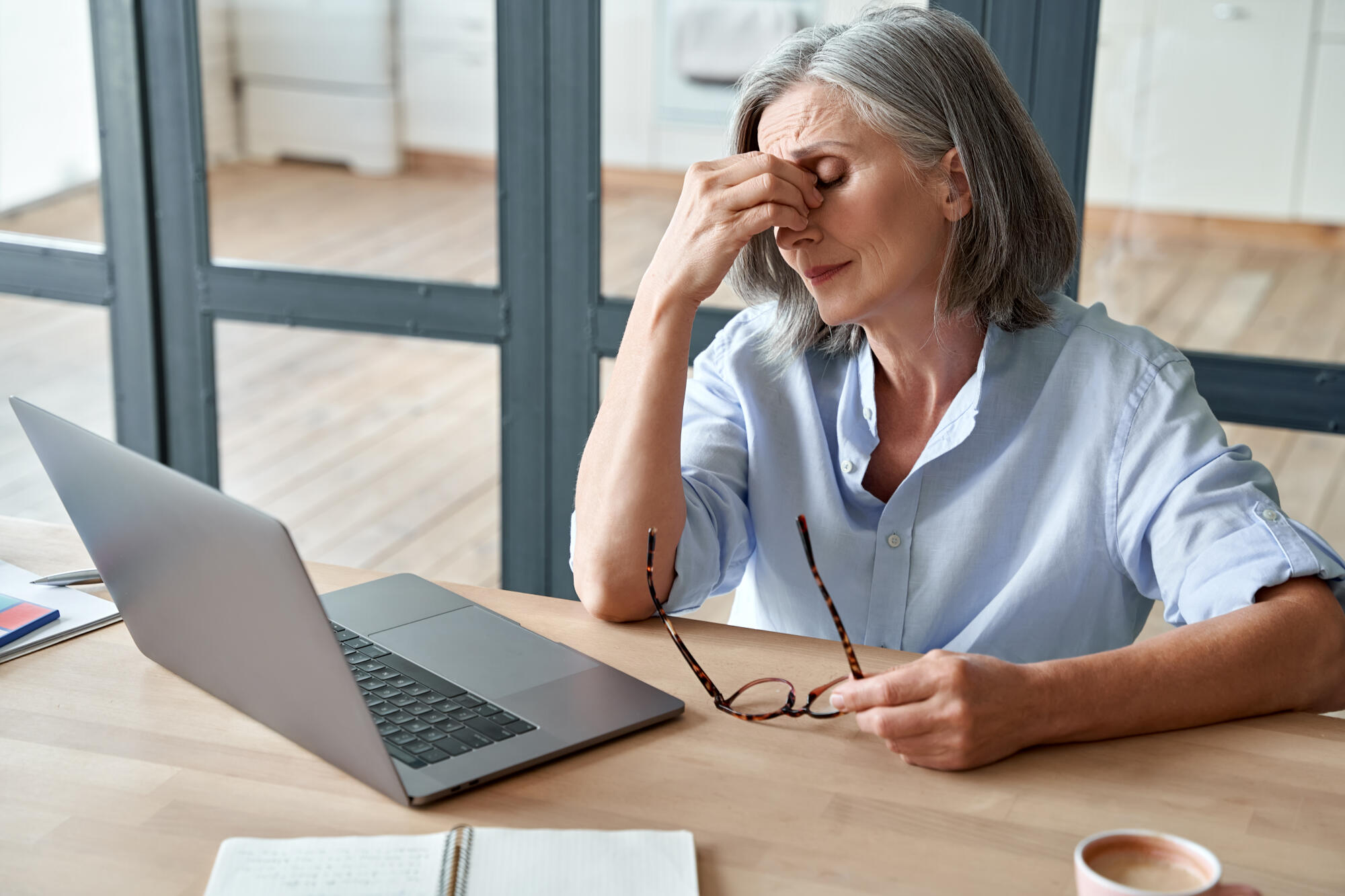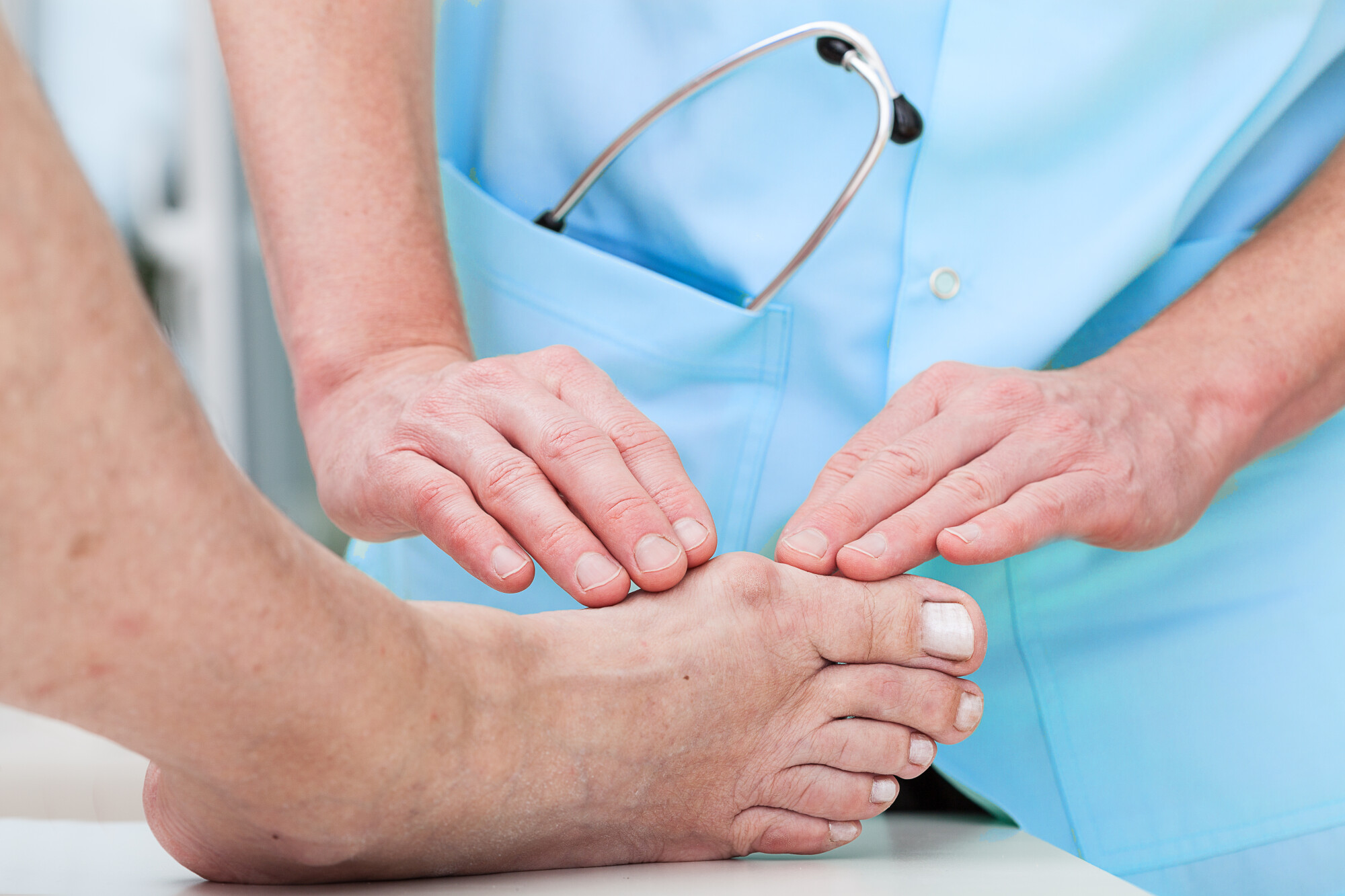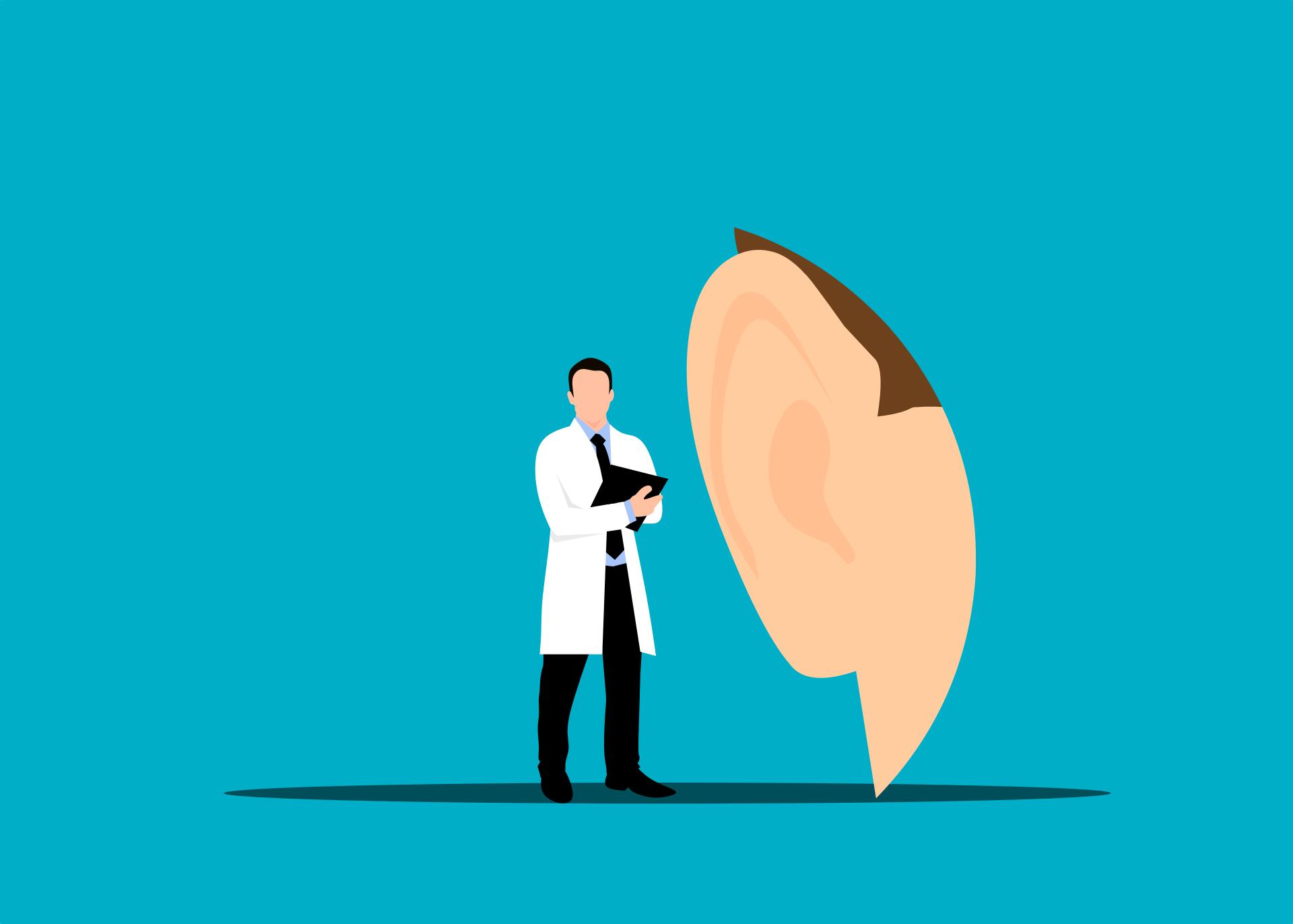
The Early Symptoms of Athlete’s Foot

About 14% of the US population has a membership at a gym. This means they work out at a place where others work out and walk around. It also means they shower and dress in these gyms, too.
While most gyms will want to tout their cleanliness, the reality is that Athlete’s Foot is a breeding ground when many people walk in the same areas.
There are many other ways you can find yourself with a case of athlete’s foot beyond a trip to the gym.
Read on to learn the early warning signs you may have a case of athlete’s foot and what you should do if you’re worried you have it.
What Is Athlete’s Foot?
You might have heard about athlete’s foot and yet not know what it is exactly. Officially called tinea pedis, athlete’s foot is a type of fungal infection.
This fungal infection is highly contagious and can be spread from foot to foot. Some are surprised to learn that fungus can also spread to the toenails and even the hands with contact.
This fungal infection is pretty common for athletes who spend a lot of time in locker rooms. It isn’t considered serious but can be tricky to get rid of. For people who have compromised immune systems, it can be more serious.
What Causes Athlete’s Foot?
A type of fungus called dermatophytes causes the fungal infection of athlete’s foot. This same fungus is what also causes jock itch and ringworm.
You can catch athlete’s foot by touching someone who has it. You can also catch it by touching a surface that a previously infected person touched. These contaminated surfaces would include a floor, towels, and shoes.
The fungus will thrive in warm, moist areas and grow like crazy, which is another reason it’s hard to contain.
Early Symptoms to Watch For
So, what are the early symptoms of athlete’s foot? The earliest symptoms are likely the itching you feel on your feet, specifically between your toes or the bottoms of your feet.
You might also feel stinging or burning between your toes, where the fungus is starting to grow.
As the infection worsens, there are additional symptoms, which include:
- Crack skin on the feet
- Peeling skin on the feet, commonly between the toes
- Severe dry skin on the bottoms of the feet
- Discolored toenails
- Thick and crumbly toenails
As the severity increases, you might also get blisters on your feet. These blisters are likely to feel very itchy.
Treatments to Use at Home
Athletes’ foot treatment can vary depending on the severity. Many people will attempt some at-home treatments before seeing a doctor.
First, it’s essential to keep your feet washed well and dried completely. Once you’ve done that, you can try an over-the-counter antifungal foot cream.
One option that is pretty successful in treating the fungal infection is antifungal terbinafine (Lamisil AT).
As you’re treating the infection, wear lightweight and breathable socks. If possible, alternate your footwear and be sure to keep your feet covered in public places. It’s also important to change your socks regularly.
Try to avoid itching despite your feet feeling itchy, as it will only spread the fungus.
When to See a Doctor for Treatment
You might wonder when you should seek professional treatment for the athlete’s foot. While the fungal infection can be frustrating, generally, it isn’t a serious medical condition.
So, you can try some at-home treatments. If, after a few weeks of working to address this at home, you still feel very symptomatic or the symptoms worsen, you should see a doctor.
If you’re diabetic or after a compromised immune system, you should see the doctor right away. If you have any signs of swelling or infection, you should also see the doctor right away.
How a Doctor Will Diagnose
When you see your doctor, they will visually inspect areas where you’re showing symptoms. They will ask if you’ve tried any over-the-counter treatments and for how long.
As mentioned, the doctor will want to know if you have any other health conditions that might be a factor when treating the athlete’s foot.
In most cases, especially for an initial visit, the doctor will use observation skills and experience to diagnose and likely write a prescription for medication to treat.
Sometimes, where it appears more severe, or the patient is immuno-compromised, they may take a skin sample for testing.
Prescription Medications
If you’ve already tried over-the-counter options, your doctor will look at prescription options to treat. There are several kinds of cream prescription options available.
Some options include:
- Topical prescription clotrimazole or miconazole
- Itraconazole, an oral antifungal
- Topical steroids
For some patients whose condition has worsened and they have developed blisters, and there may be a bacterial infection, the doctor might opt for oral antibiotics for treatment.
Complications for Athlete’s Foot
In some rare cases, complications can develop due to the athlete’s foot. Some patients will develop an allergy to the fungus causing the athlete’s foot and will develop blisters.
Some patients who get a bad case or are already immuno-compromised might develop a secondary bacterial infection. This can cause swelling, drainage, and fever to develop. At this point, a doctor would prescribe oral antibiotics.
Who’s at Risk?
You might wonder how you can avoid getting athlete’s foot or what might put you at risk of catching it. Anyone could get it, but certainly, some behaviors would likely increase your chances of getting it.
Some of the things that might increase your risk include:
- Sharing of towels, shoes, or socks with someone who is already infected
- Tight, closed-toe shoes
- Being barefoot in a public shower, public swimming pool, or locker room
- Wet feet for extended periods
- Very sweaty feet
You can also be susceptible to athlete’s foot if you have a nail or minor skin injury on your foot.
Get Rid of Your Athlete’s Foot
While athlete’s foot isn’t, in most cases, a serious condition, it can be highly irritating. Because it’s also very contagious, you want to treat it right away.
If you’re concerned you have athlete’s foot and the condition is worsening, we have medication options that can help. Contact our online doctor today for a consultation if you need stronger medication.
Related Posts


